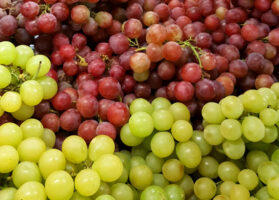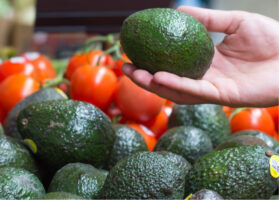Inflation could cause Peruvian grapes to be replaced by cheaper fruits
Overview of Peruvian grapes in the U.S. market, complemented by charts from Agronometrics. Original published on October 4, 2022.
Inflation has Peruvian producers and exporters on alert over concerns that consumers may opt to purchase less expensive fruit.
Gabriel Noboa, a member of the commercial board of the Peruvian Association of Table Grape Producers (PROVID) and commercial manager of agricultural Don Ricardo, tells Fresh Fruit Portal that there is a lot of nervousness over demand from consumers and supermarket chains being affected.
He warns that “there is a potential risk that grapes could be replaced by cheaper products such as bananas. If consumption of regular table grapes changes, purchase volumes will drop”.
But inflation is not the only factor making the 2022-23 season one of the most challenging for the sector. The ongoing logistics crisis has negatively impacted the industry and led to an increase in costs and freight rates. Delays in fruit deliveries have generated losses in sales due to the failure to meet delivery dates, in addition to lower prices.

Source: USDA Market News via Agronometrics.
(Agronometrics users can view this chart with live updates here)
New season
Despite the challenges, Peru ranks second in the world in terms of table grape export volume. The country has more than 20,000 hectares planted of different varieties. PROVID projects an 11% growth for 2022-23, with 71.5 million boxes equivalent to 8.2 kg.
With shipments to more than 50 markets, led by the U.S., Canada, Europe and the U.K., the company is seeking to enter the Japanese market with table grape exports. However, this will depend on how the processes with phytosanitary authorities progress.
Regarding the current scenario in the destinations, Noboa explains that a drop in the value of the Euro over recent months will affect returns . The same thing has happened to the British pound, as well as other currencies.
On the other hand, the U.S. dollar currency is strengthening and it impacts the rest of the currencies. “It sounds tempting to say that I am directing everything towards the U.S., but if the whole Peruvian industry takes the same decision, we will not reach other markets, that is why it is vital to continue with the same long-term plan we have,” Noboa adds.
The News in Charts is a collection of stories from the industry complemented by charts from Agronometrics to help better tell their story.
Access the original article with this (Lk)






